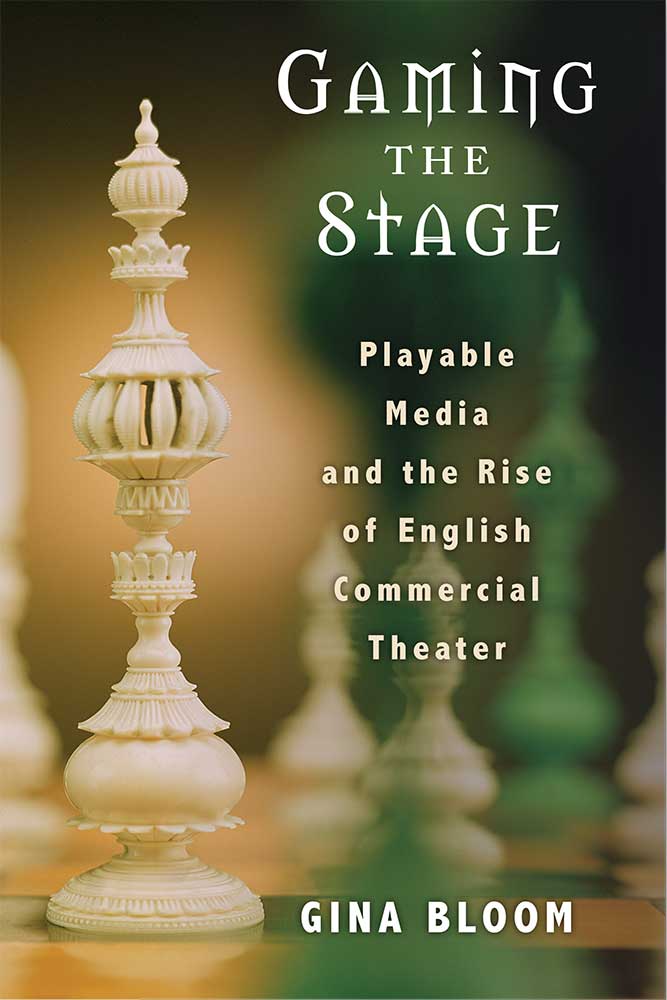Rich connections between gaming and theater stretch back to the 16th and
17th centuries, when England’s first commercial theaters appeared right
next door to gaming houses and blood-sport arenas. In the first
book-length exploration of gaming in the early modern period, Gina Bloom
shows that theaters succeeded in London’s new entertainment marketplace
largely because watching a play and playing a game were similar
experiences. Audiences did not just see a play; they were encouraged to
play the play, and knowledge of gaming helped them become better
theatergoers. Examining dramas written for these theaters alongside
evidence of analog games popular then and today, Bloom argues for games
as theatrical media and theater as an interactive gaming technology.
Gaming the Stage also introduces a new archive for game
studies: scenes of onstage gaming, which appear at climactic moments in
dramatic literature. Bloom reveals plays to be systems of information
for theater spectators: games of withholding, divulging, speculating,
and wagering on knowledge. Her book breaks new ground through
examinations of plays such as The Tempest, Arden of Faversham, A Woman Killed with Kindness, and A Game at Chess;
the histories of familiar games such as cards, backgammon, and chess;
less familiar ones, like Game of the Goose; and even a mixed-reality
theater videogame.
“A smart, invigorating intervention into early modern theatre
history and historiography. Not only specialists in Renaissance Drama,
but also cultural historians, game and gaming scholars, and specialists
in performance studies will find this book accessible and engaging.
Bloom moves masterfully across scholarly registers, showing how theatre
remembers and reconstitutes the chanciness of everyday life.”
—Ellen MacKay, University of Chicago
“Bloom’s central argument concerns the ways the strategies of
playing different kinds of games are worked into the action of early
modern drama, and how the affectual and kinesthetic structure of
playing/watching these games provides an index into the plays’ potential
theatrical experience . . . a deeply researched, well-conceived,
thoroughly engrossing book.”
—W. B. Worthen, Barnard College, Columbia University

